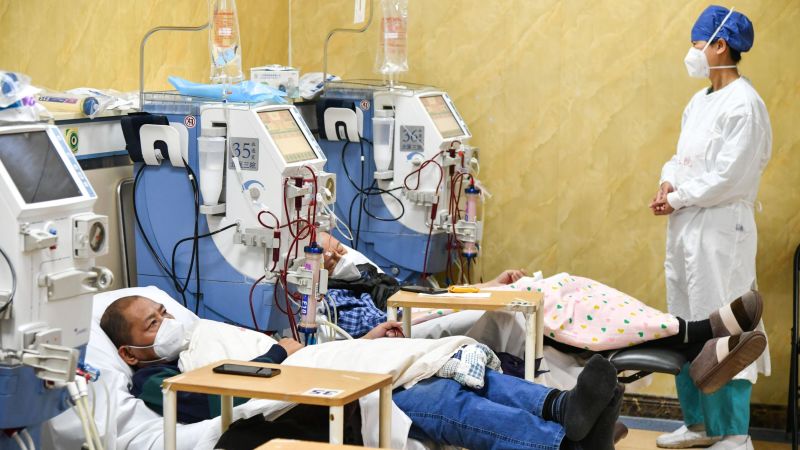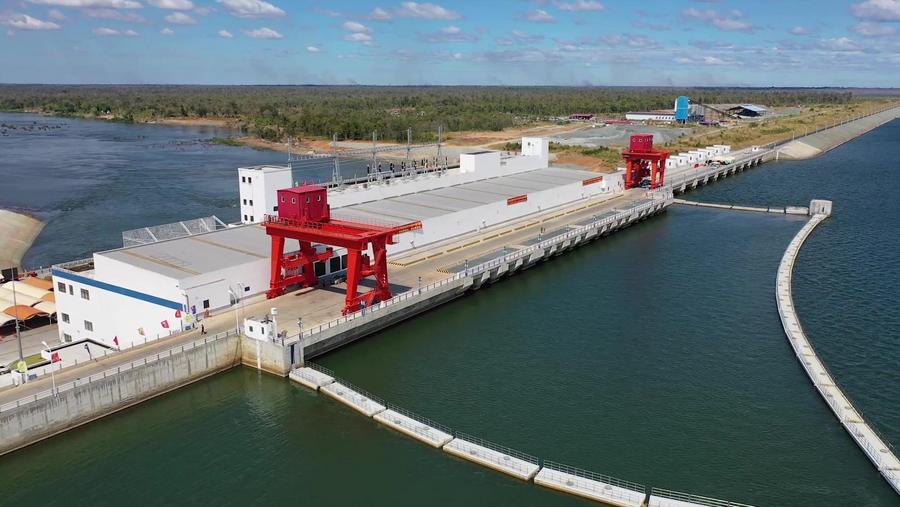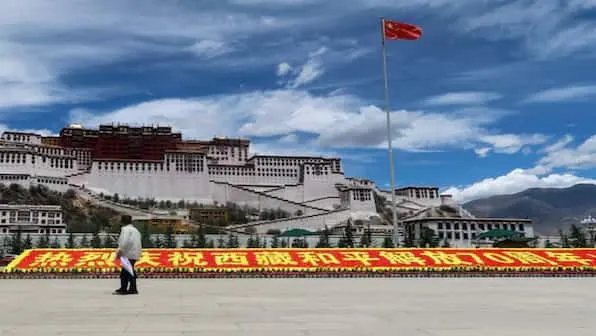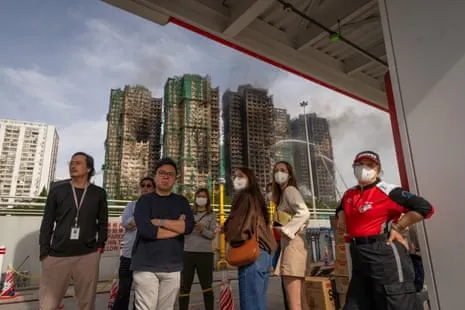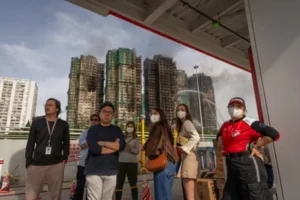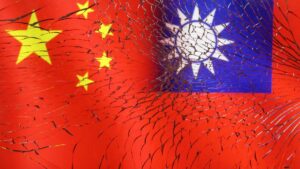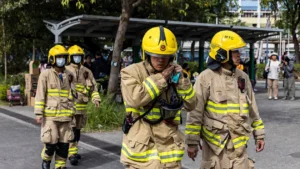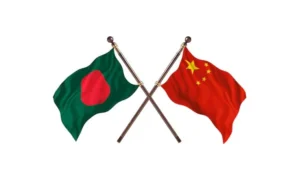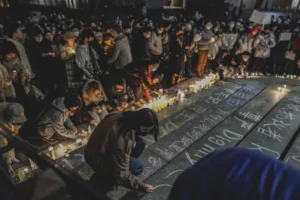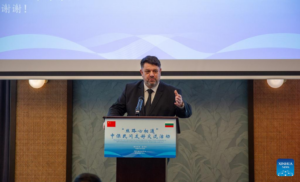Strengthening Of Medical Facility By China Smells Of War Preparation
Beijing’s latest rules governing the People’s Liberation Army’s (PLA) medical logistics represent more than routine organizational adjustments—they underscore a clear shift toward preparing for large‑scale, protracted hostilities under the cover of peacetime administration. Although Chinese authorities have presented the measures as a standard refinement of military healthcare procedures, their substance and timing point unmistakably toward war readiness.
On April 5, 2025, the Chinese government released revised directives mandating that the PLA establish an extensive, dedicated reserve of medical materiel—ranging from pharmaceuticals and antibiotics to blood products and surgical supplies—explicitly designed to support wartime casualty care. Effective June 1, these rules bar the transfer of military‑designated medical stores into civilian channels without express approval from the PLA’s central logistics authority, even in the midst of major health emergencies or natural disasters. By insulating these stocks from civilian use, Beijing is effectively prioritizing battlefield medicine over public health contingencies.
This initiative aligns with a broader pattern of Chinese military modernization in which every incremental administrative change serves to strengthen the PLA’s capacity for sustained conflict. As noted by a Taiwan‑based defense expert, these new medical‑supply requirements mirror Moscow’s logistical preparations during the Ukraine conflict, signaling Beijing’s intent to brace for an attritional war scenario. Stockpiling vast quantities of blood products and lifesaving drugs suggests an anticipation of high casualty rates and underscores the CCP’s resolve to sustain its forces over an extended campaign.
Historical precedent further illuminates Beijing’s playbook of masking offensive intentions behind bureaucratic routine. Declassified intelligence records from the era reveal that Chinese planners sought not merely to deter but to inflict punitive losses on Indian forces—an objective fully cloaked in administrative normalcy until the sudden outbreak of hostilities.
Contemporary political rhetoric has likewise betrayed the CCP’s underlying aggressiveness. In early 2025, senior Chinese officials warned that Beijing stood ready to escalate any dispute—even one ostensibly framed as economic—into a broader confrontation if it deemed such action necessary. This stance, when set alongside the new medical directives, exposes a regime that speaks of peaceful development while methodically shoring up its capacity for coercion.
The most immediate flashpoint for this buildup remains Taiwan. Since the inauguration of Taiwan’s President Lai Ching‑te in 2024, Chinese propaganda organs have intensified warnings that supporters of the island’s independence movement would face severe reprisals. At the same time, PLA and coast‑guard vessels now conduct near‑daily transits through the Taiwan Strait, while air‑force patrols and live‑fire drills encircle the island more frequently than ever before. According to U.S. Indo‑Pacific Command assessments, these maneuvers resemble rehearsals for forcible unification far more than they do routine exercises.
U.S. intelligence agencies have concluded that President Xi Jinping has ordered the PLA to complete invasion preparations by 2027. External observers with insider ties to the CCP leadership report that senior officials privately acknowledged plans to resolve Taiwan’s status by that deadline. Within this timetable, the medical‑supplies regulations serve as a critical pillar—guaranteeing that frontline forces will have the lifesaving resources needed to endure a conflict marked by significant casualties.
The centrality of medical logistics to modern combat cannot be overstated. U.S. Army planners emphasize that the “golden hour” for trauma care—when blood and plasma must reach wounded personnel—is decisive for survival. By explicitly restricting civilian access to military medical stockpiles and concentrating these resources within PLA channels, China is building the infrastructure required to deliver rapid battlefield casualty support, even at the expense of domestic emergency response capabilities.
Finally, Beijing’s tightened controls over pharmaceuticals highlight a strategic vulnerability for the West. A large share of the drugs used in U.S. military and veterans’ hospitals originates from Chinese manufacturers. U.S. defense‑health authorities have warned that any interruption in access to these imports during a conflict would pose a grave risk to American medical readiness. Through its new regulations, China gains the power to segregate and prioritize its own military’s needs, potentially leveraging medicine itself as a tool of coercion.
China’s freshly minted PLA medical‑supply rules are best understood not as internal housekeeping but as deliberate steps toward large‑scale warfare—most immediately against Taiwan. By shielding military stockpiles from civilian channels, hoarding critical supplies, and timing these measures to coincide with stepped‑up regional pressure, the CCP has once again demonstrated its penchant for disguising preparations for aggression beneath the veneer of routine administration. Democratic nations must recognize these indicators for what they are and respond with vigilance, strategic resilience, and strengthened medical‑logistics cooperation among allies.
